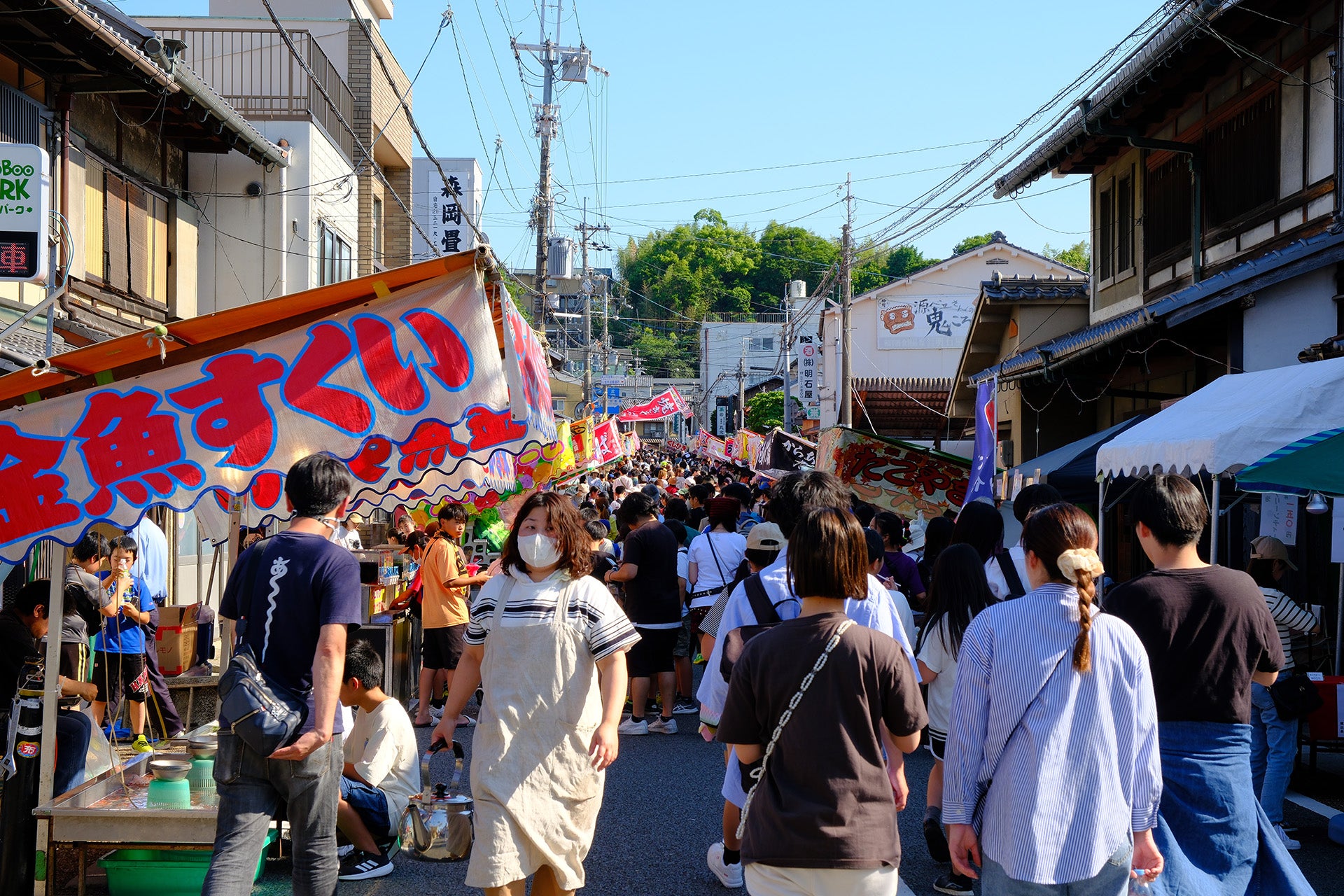Stanley Hong
What was the topic of your research project for the Global East Asia Kyoto course and why did you choose that topic?
My research topic was: To What Extent are Heian Period Cultural Icons Appropriated and Presented by Modern Japanese Animation? As opposed to digging into the foundations of traditional culture, I was more interested in the relationship between the present and the past. How has the past changed through time, and how does the modern portray the past? Also a huge anime fan (I don’t know if I’m allowed to say this but…) I decided to use anime as the representative of the modern medium in my analysis. It worked out!
What were the main findings and/or highlights of your research?
There are traditional figures which have their figure and symbolic meaning conveyed in similar sense in both classical texts and modern animation. This says about the dual role of contemporary media in cultural adaptation and preservation. Relevantly, the popularity of the contemporary media will allow for more exposure of these traditional figures to the public. Examining the modern adaptations of such cultural heritage will allow for their continuity over time.
Did you face any challenges when completing your research project or throughout the program in general? If so, how did you overcome them?
I think the biggest internal challenge I had was the bravery to propose this topic – it was indeed a non-traditional topic for the program. And I actually went to Uji, my main Kyoto city for the examination, multiple times before making the proposal. Because a portion of my research involved the influence on modern audience, (especially modern audiences’ perception of the traditional figure) I would have to communicate with the Uji locals and tourists, so I certainly met a huge language barrier. Fortunately my Japanese was enough to get me through there, and as I knew other languages like Chinese and Cantonese, I could communicate with a wide range of people and to have a better understanding of the so-called Uji traditional influence for foreign tourists. It was a fun time interviewing them at last!
In what ways did the Global East Asia Kyoto program impact or help your research?
During our time in Los Angeles, professor Webb built us very solid theoretical foundations in Heian period literature. As a result it became easy to find the symbolism of, for example the Uji bridge, in the Heian period texts like Genji Monogatari and Kokin Wakashu. In Kyoto, we were given ample time to conduct our own research. I believe I went to Uji a total of 5 times (?) during our two weeks there, and as a result I was able to attend a festival there, go to the Tale of Genji museum, and immerse myself in the city – something that I wouldn’t do as an ordinary tourist.
Can you share any anecdotes about your Maymester experience?
One day we were planning to go to Otsu to have a Unagi dinner with professor Webb. But then our group encountered a severe delay at JR Kyoto station – the Shin-Kaisoku train to Otsu were delayed by at least two hours each – but thankfully we left ourself with sufficient time so we could arrive on time. The one train that departed for Otsu was packed – we couldn’t breathe at the moment because there were just too many people. It turns out that other people either took the detour or called a cab. In retrospect waiting wasn’t the best idea but we did make it on time!




